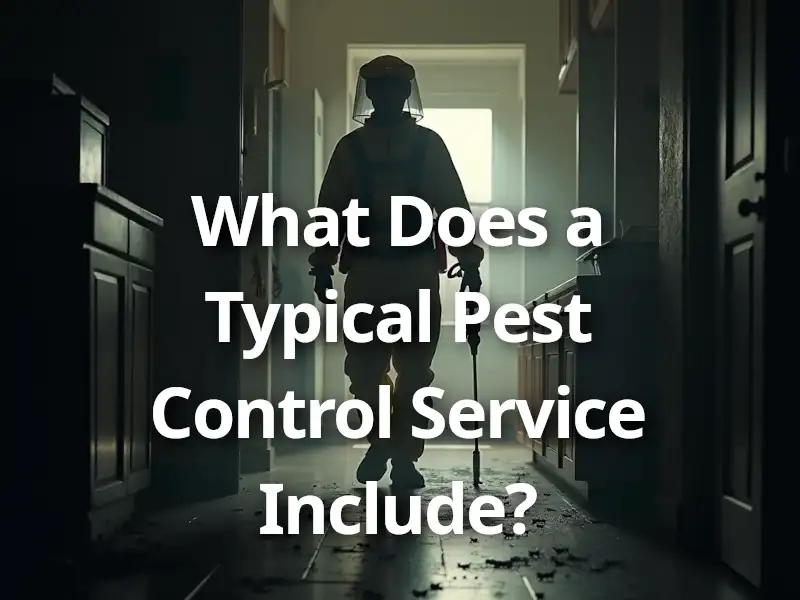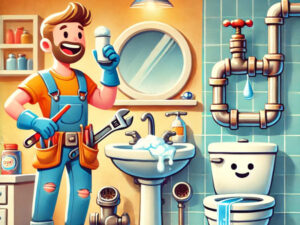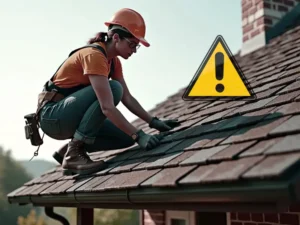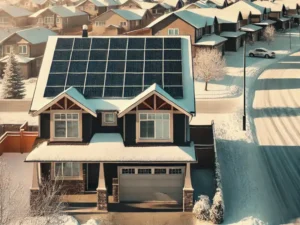What Does a Typical Pest Control Service Include? A Step-by-Step Breakdown

Pests are more than just an inconvenience—they can damage your property and even pose health risks. If you’re dealing with unwanted guests like ants, mice, or termites, hiring a professional pest control service is often the best solution. But what actually happens during a pest control visit?
The following provides a detailed overview of what homeowners can expect from a professional pest control service. It explains the importance of expert intervention, outlines the steps involved—from inspection and treatment to follow-up—and offers practical advice on pre-service preparation and post-service expectations. With clear, actionable insights, this guide empowers homeowners to approach pest control with confidence and understanding.
Why Professional Pest Control Is Important
Professional pest control experts bring knowledge, tools, and experience to address infestations effectively. While DIY methods might provide temporary relief, they often fail to eliminate the root problem. Pest control services target not only the visible pests but also their nests, entry points, and breeding grounds. This ensures longer-lasting results, giving you peace of mind and a safer home.
Pre-Service Preparation
Before your scheduled visit, pest control companies may ask you to complete a few simple tasks. These might include:
- Clearing clutter to give technicians easy access to problem areas.
- Storing food in sealed containers to prevent contamination.
- Relocating pets or covering pet food and water bowls to ensure their safety.
If you have specific concerns, like the use of pet-safe treatments, bring them up when booking the service.
Step-by-Step Breakdown of a Typical Pest Control Visit
1. Inspection and Assessment
The first step is a thorough inspection. The technician will examine your home inside and out to identify the type of pest, the extent of the infestation, and the areas they frequent. Tools like moisture meters, flashlights, and pest traps may be used during this process. They might check under sinks, in basements, and around foundations to locate entry points or nesting sites.
2. Customized Treatment Plan
After the inspection, the technician will create a treatment plan. This outlines the methods and products they’ll use to tackle the infestation. The plan is based on factors like the pest type, the infestation’s severity, and your home’s layout. Many companies now offer eco-friendly or pet-safe treatment options if you request them.
3. Treatment Application
This step involves applying the treatments. The technician might:
- Spray insecticides along baseboards, cracks, and outdoor perimeters.
- Set traps or baits in strategic areas to catch pests like rodents.
- Seal gaps and crevices to block pest entry points.
Safety is a top priority. Technicians ensure that treatments are applied in a way that minimizes risks to humans and pets. They’ll also advise you on how long to stay out of treated areas if necessary.
4. Post-Treatment Monitoring and Recommendations
Once the treatment is complete, the technician will discuss next steps. This might include scheduling follow-up visits to check for effectiveness or adjust treatments if needed. They’ll also provide tips to help prevent future infestations, such as fixing leaks or keeping food sealed.
What to Expect After the Service
Immediately after treatment, you might notice an increase in pest activity as pests try to escape the chemicals. This is normal and usually subsides within a few days. Over time, the number of pests should decrease significantly. For lasting results, follow any maintenance advice given by the technician, such as cleaning up crumbs or sealing potential entry points.
Cost and Time Expectations
A typical pest control visit lasts one to two hours, depending on the property size and infestation level. Costs vary widely but generally range from $100 to $300 for standard services. Severe infestations or specialized treatments, like termite control, may cost more. Many companies offer maintenance plans that include regular check-ups at discounted rates.
Bottom Line
A professional pest control service is a comprehensive solution that goes beyond removing visible pests. From inspection to treatment and follow-up, these services ensure your home stays pest-free. If you’re new to pest control, knowing what to expect can make the process smoother and less stressful. Ready to reclaim your space? Contact a trusted pest control provider today and take the first step toward a pest-free home.







